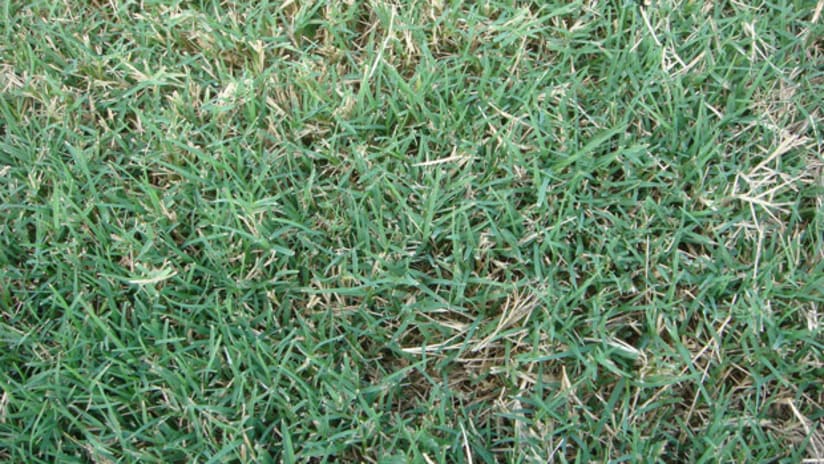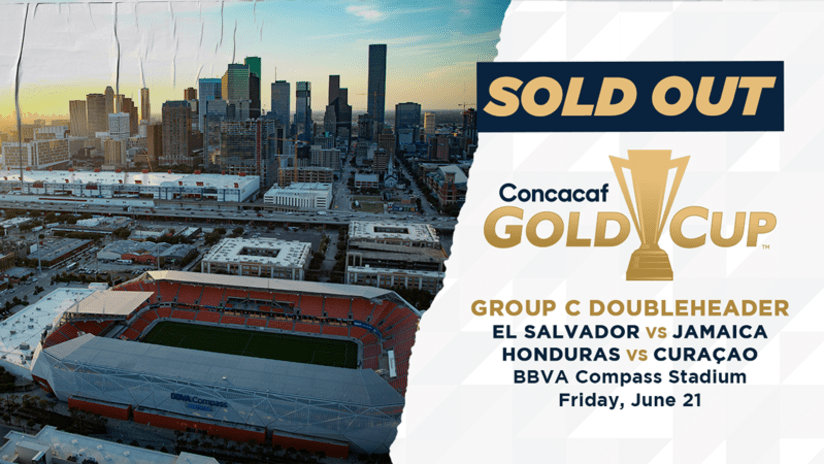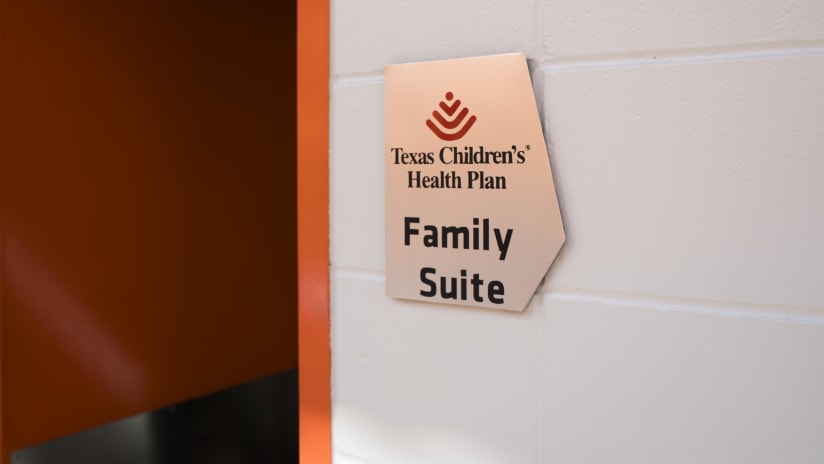As the Houston Dynamo’s new soccer-specific stadium takes shape in downtown Houston, the grass the team will eventually play on is being grown 50 miles south, in a sod farm in Damon, Texas.
Not only will the Dynamo build the first downtown soccer-specific stadium in the United States, but they will also be the first club to use a variety of sod called TifGrand. A type of Bermuda grass, TifGrand is specifically designed to be pollen-sterile and shade-tolerant.
The sod for the new stadium is being developed by Millenium Sports Technologies, a company with more than 30 years of experience of professional sports field design. Millenium has also had a hand in other MLS stadiums, including Rio Tinto Stadium (Real Salt Lake), PPL Park (Philadelphia Union), and Red Bull Arena (New York Red Bulls).
“The new Dynamo Stadium will be the first in the U.S. to use this kind of grass,” said Dan Almond, owner of Millenium Sports Technologies. “It has been used previously for golf courses, but never as a soccer field. We looked at a lot of different kinds of grass, but for a variety of reasons, we decided this was the best kind.”
Aside from it being shade-tolerant, Almond said TifGrand sod recovers quickly. A quick recovery time was important to the process, as the new Dynamo Stadium will not only feature Dynamo soccer games, but Texas Southern University football games, concerts, and other events. Almond said the growing period for the grass is 10-12 weeks. Once the grass is brought into the stadium, it will take three days to lay down, but an additional 6-8 weeks for the field, including a drainage system to provide proper life support, to be ready for use.
The grass is being harvested in 42-inch wide rolls that are 100 feet long. Once the grass is fully harvested, the rolls will be brought to Houston on flat-bed trucks. There are 24 rolls that weigh roughly 2,000 pounds each and total 100,000 square feet.
“Sometimes we use sod farms where the grass is grown in a sandy soil,” Almond said. “This particular type of grass is not available in a sandy soil. It’s in a soil that doesn’t drain well. Right after it gets harvested, we are going to wash all the soil off for drainage purposes and to get it nice and clean before it comes into the stadium.”
Almond said he expects the installation process to begin in the middle part of February so the field will be ready for use by early May.





